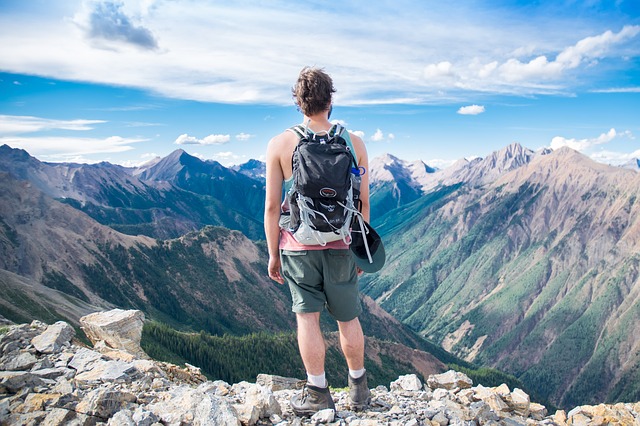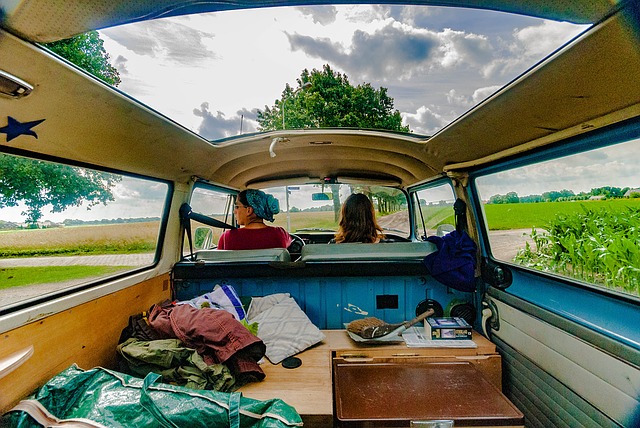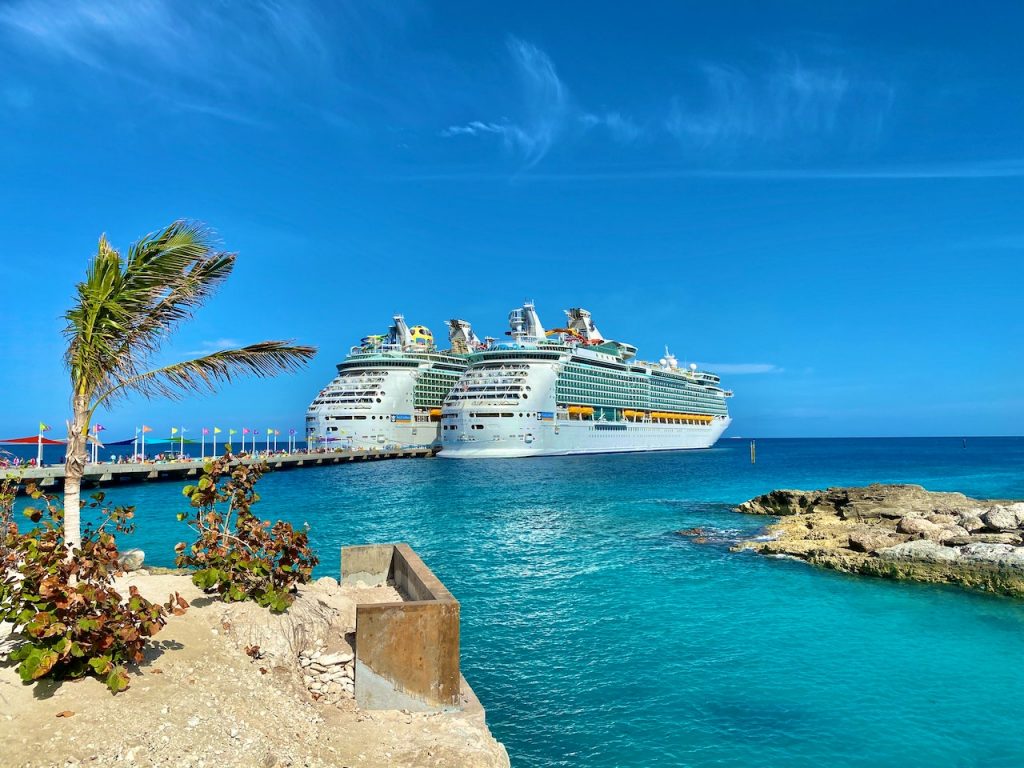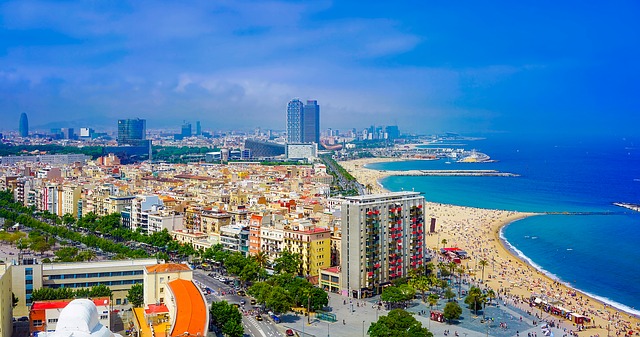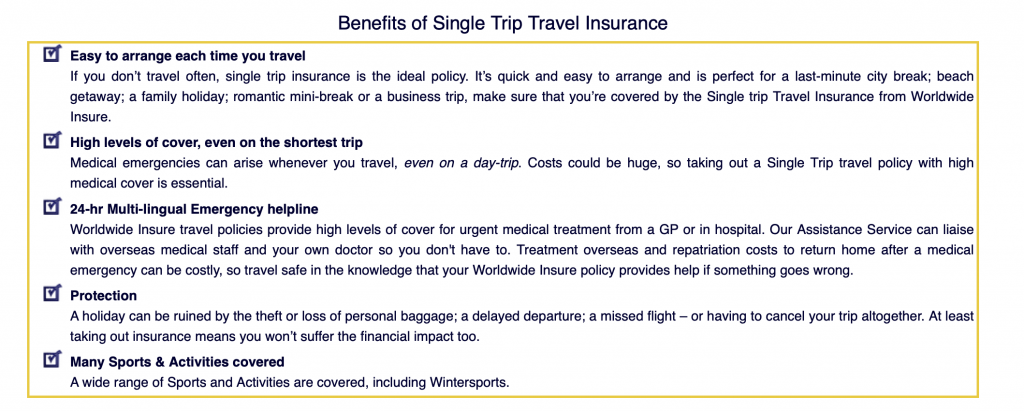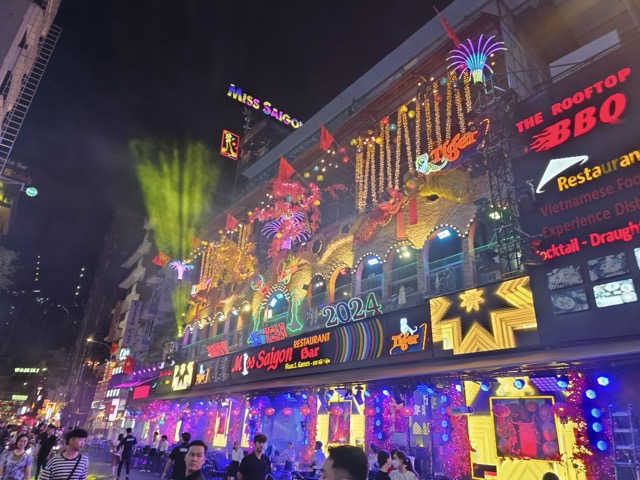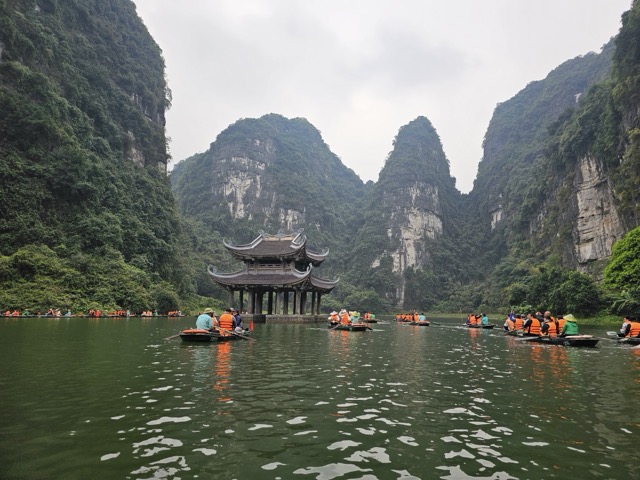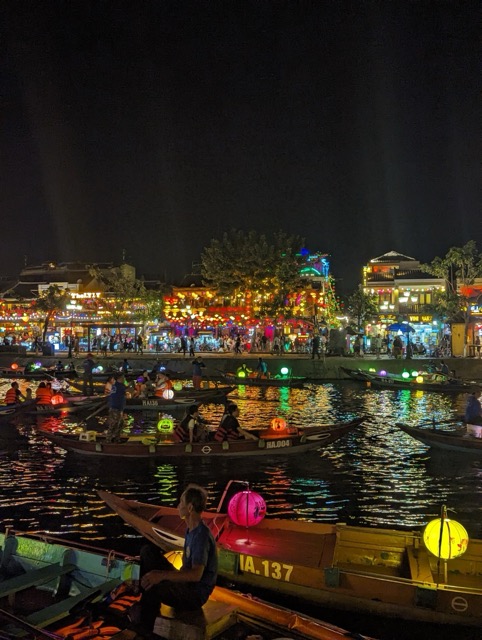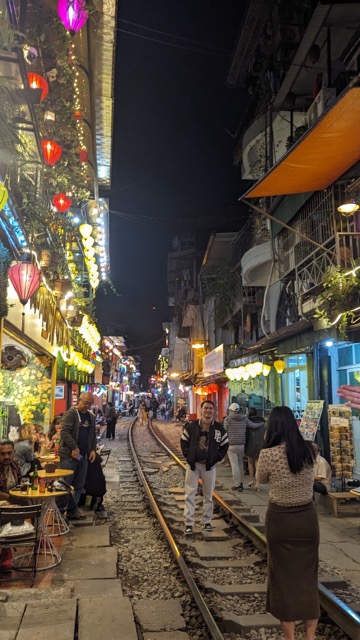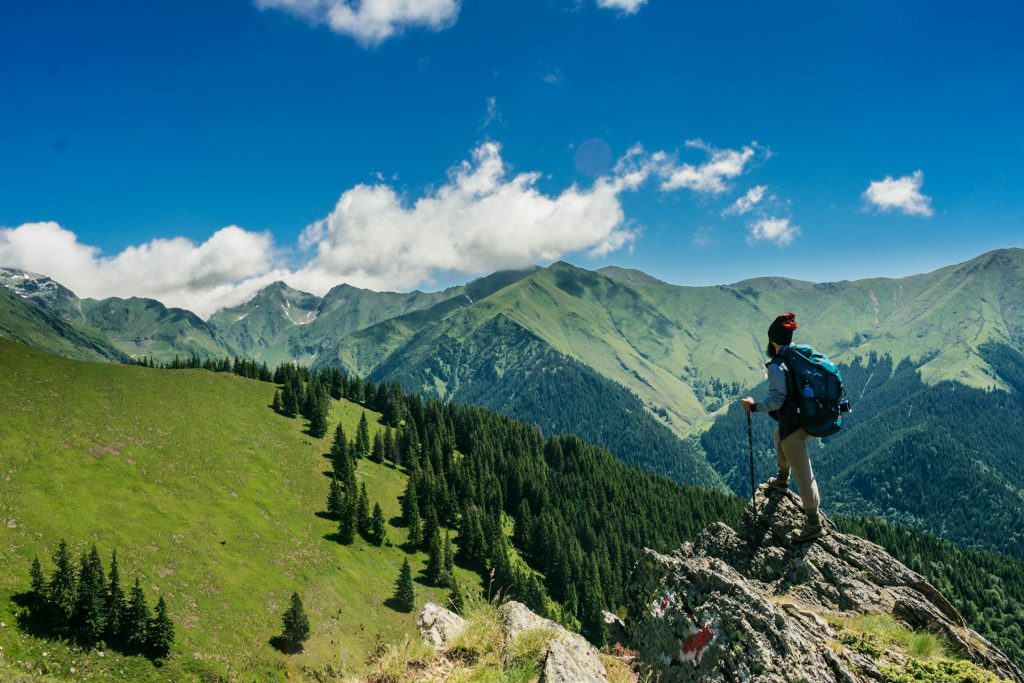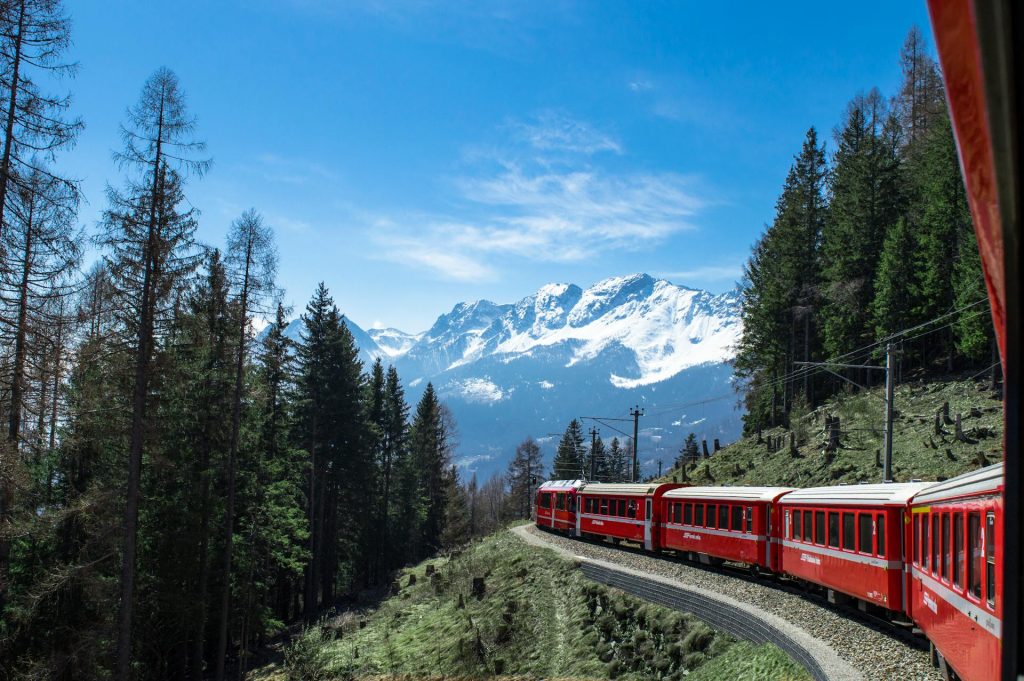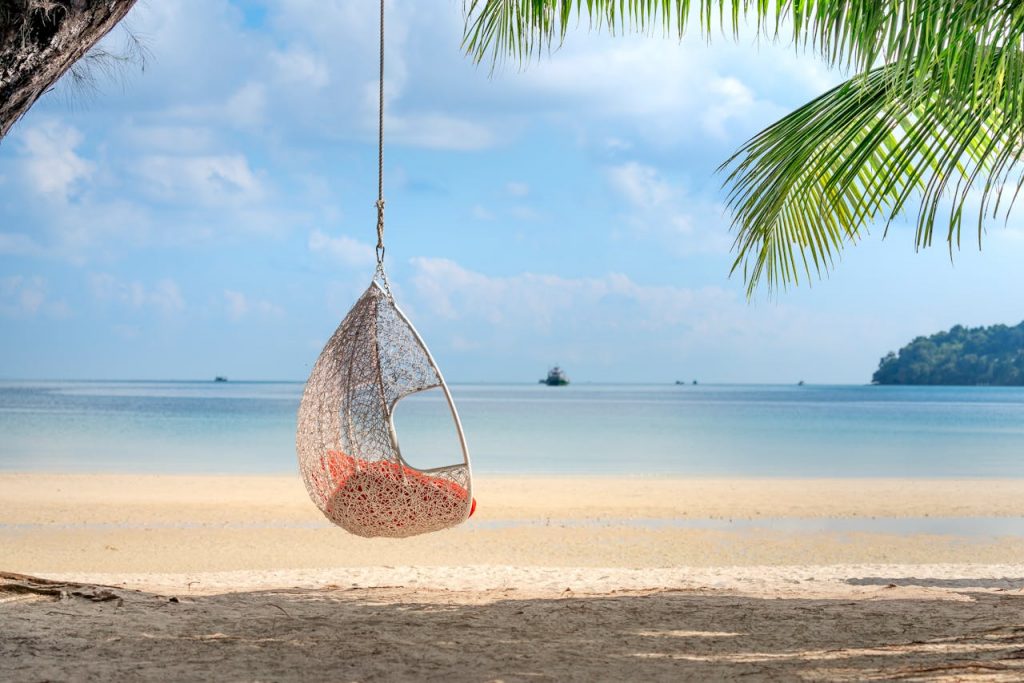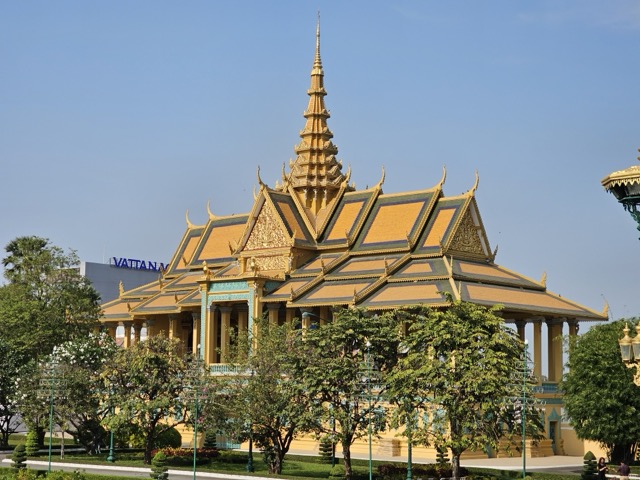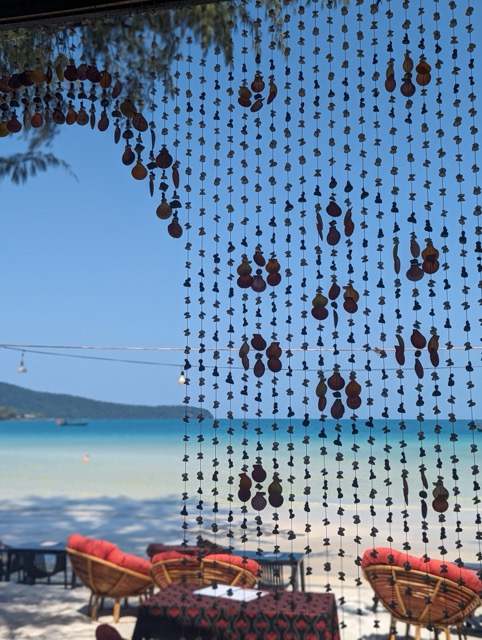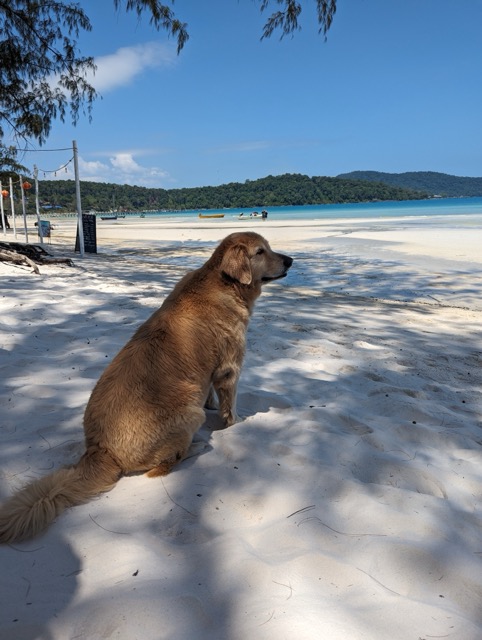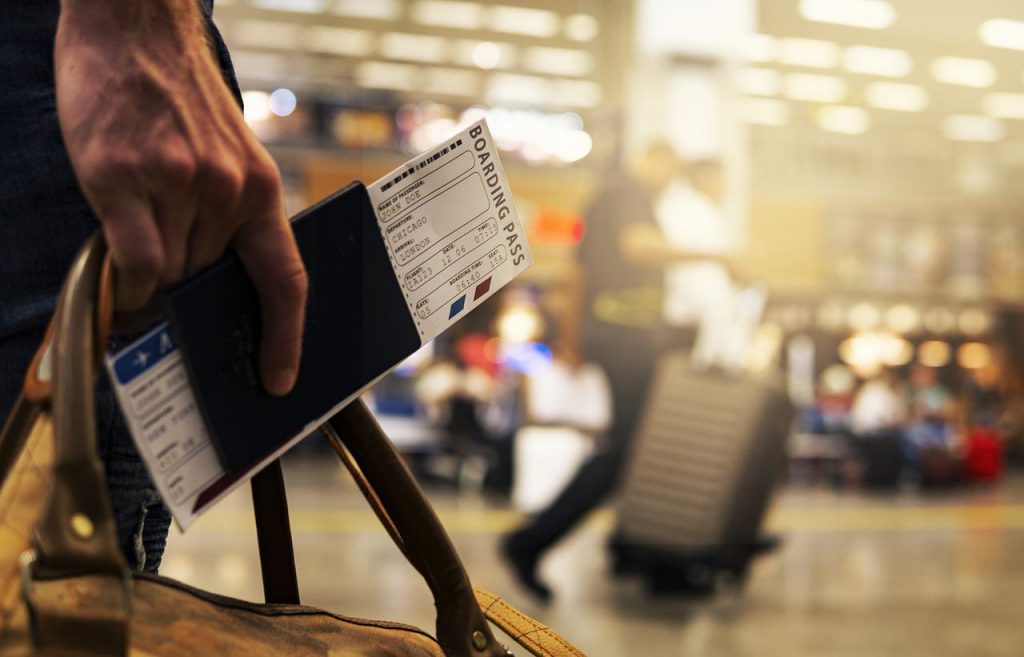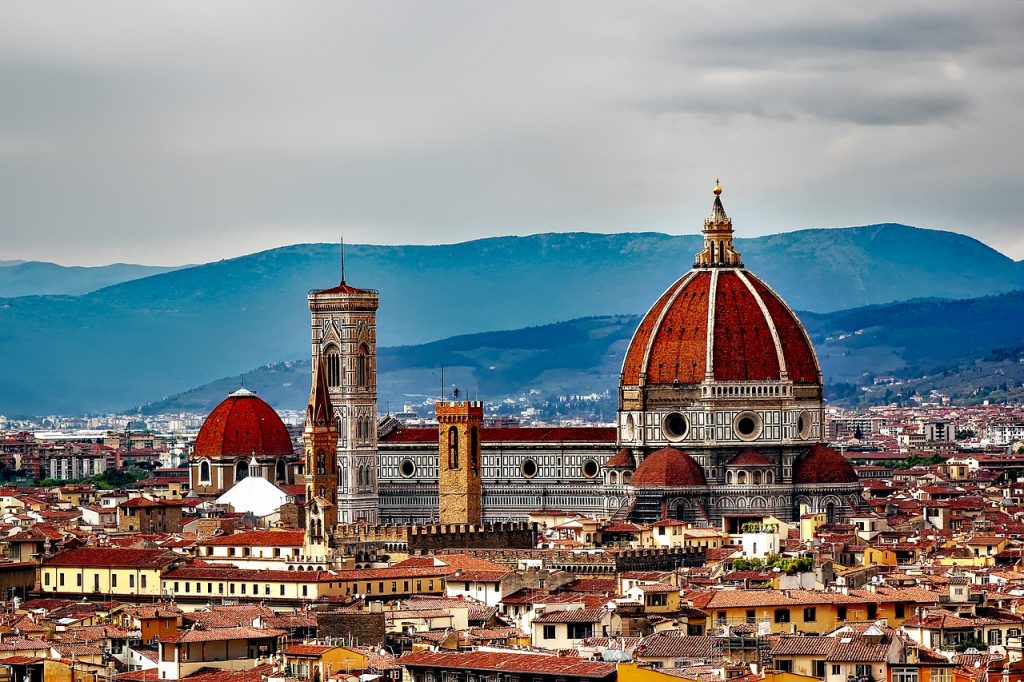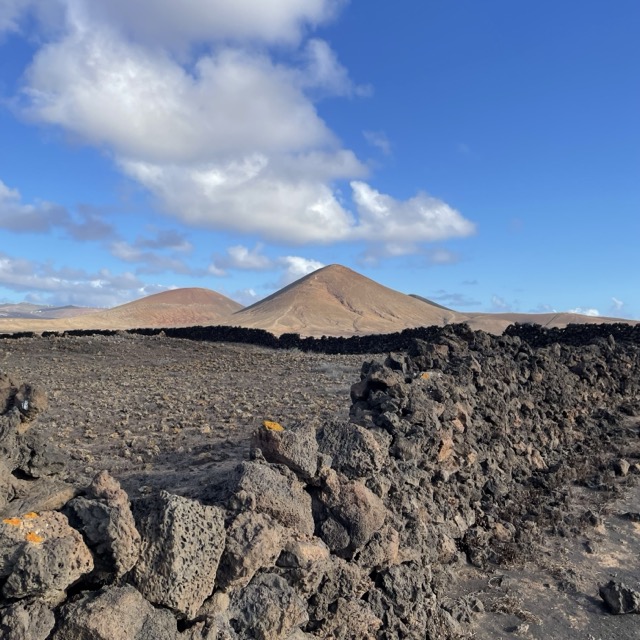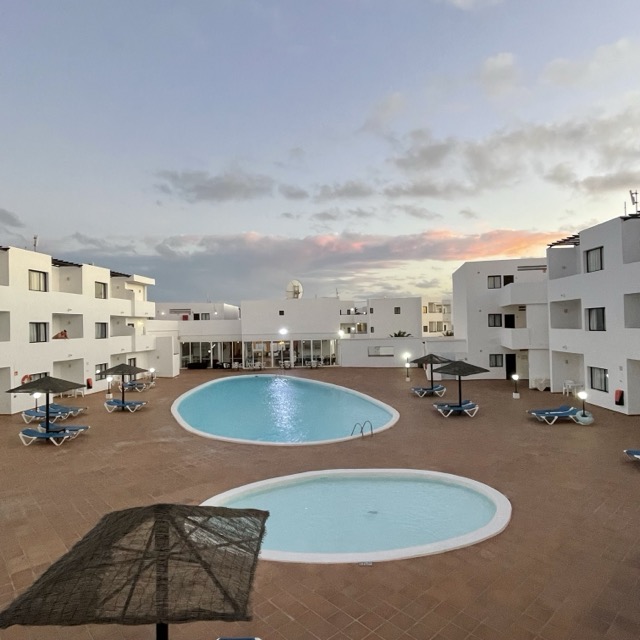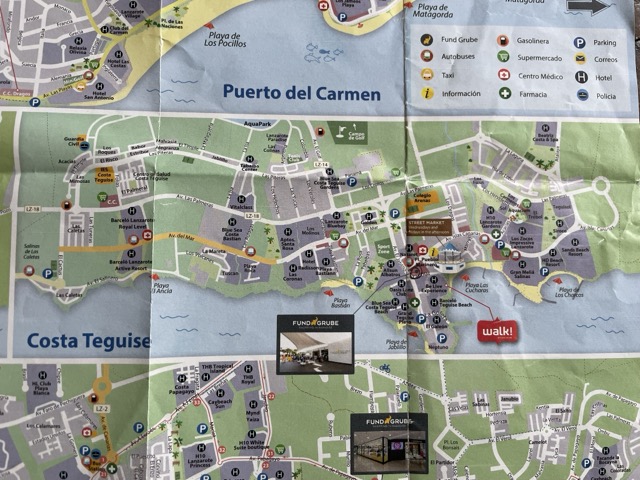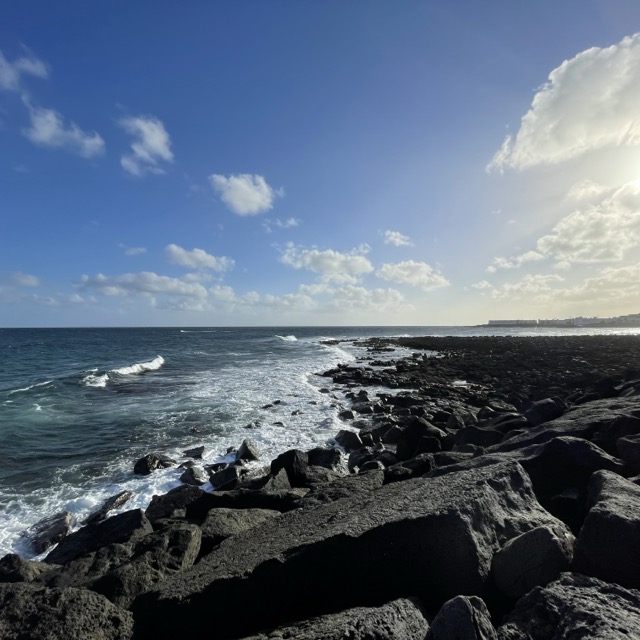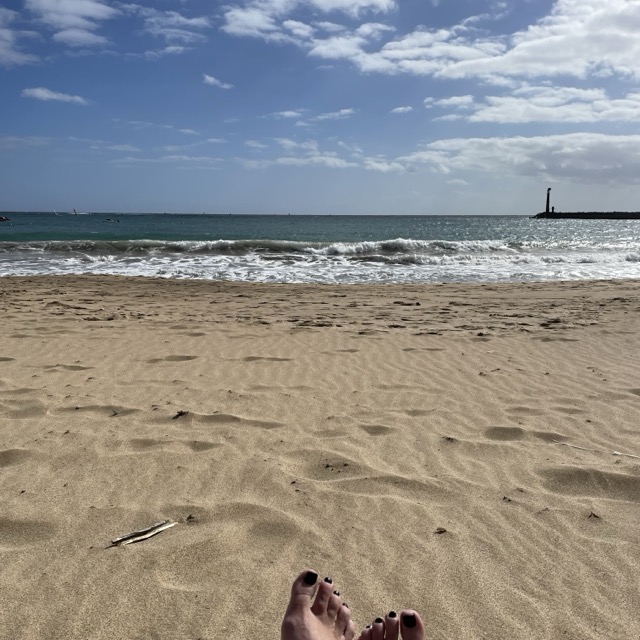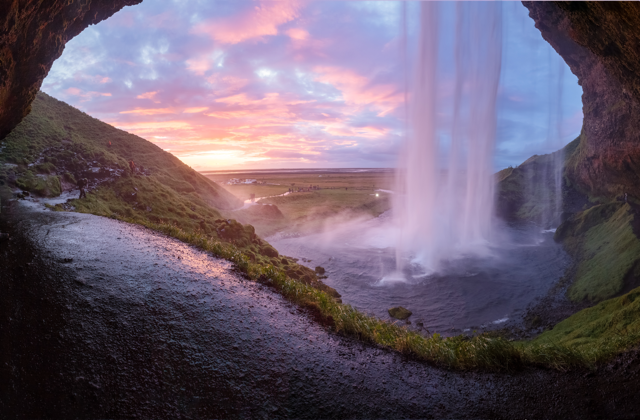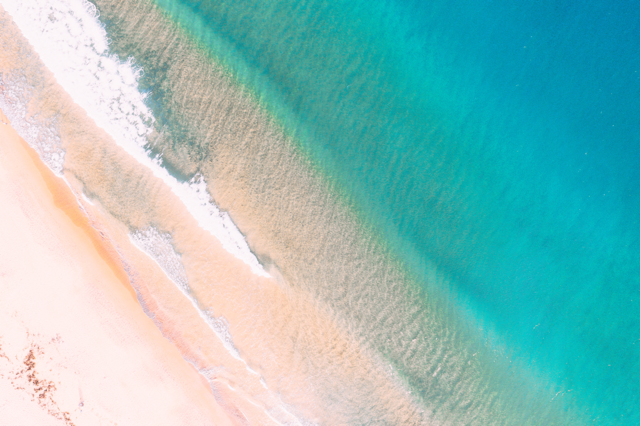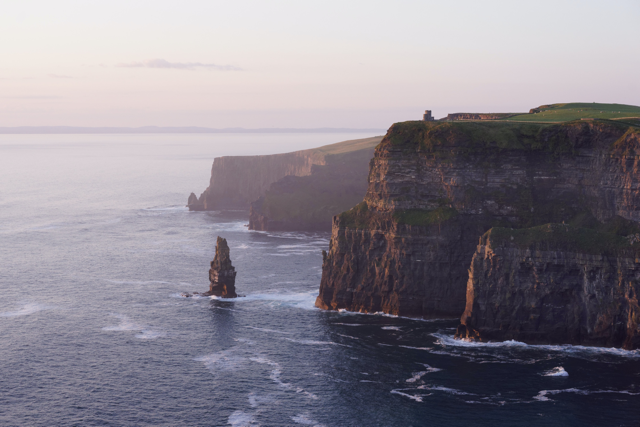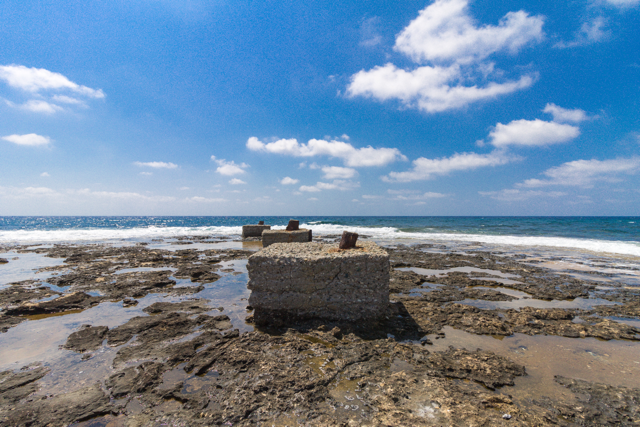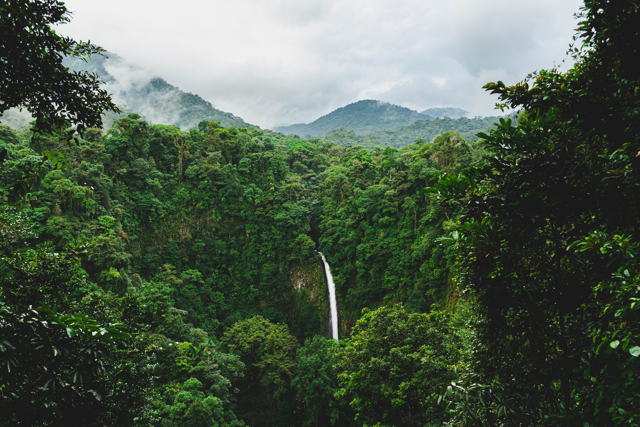With the right planning anyone can experience the joys of exploring new places. But where you end up will depend on your budget and the type of adventure you’re looking for. Here are some ideas to spark your imagination, from backpacking to luxury breaks!
Save… Budget travel ideas
Backpacking
Backpacking is a popular way to travel on a budget. It’s cheaper because you only take what you can carry on your back and usually involves staying in budget accommodation, such as hostels, campsites, or even couch surfing!
Keeping the costs down requires careful planning and budgeting, but keep the following in mind and you may be able to backpack on a shoestring:
- pack light
- stay in affordable accommodation
- choose budget-friendly destinations
- travel by train, coach, bus, or bike
- eat local
Volunteer travel
Volunteer travel, also known as “voluntourism”, is a great way to give back while exploring new places, and also have a “budget break”. Why the parentheses? Because the budget bit here is relative!
Volunteer opportunities abroad, where you can work on projects such as conservation, community development, or teaching often come with quite a high price tag, but what you get in return is well worth the investment. These programs often cover accommodation and meals, and run for an extended period of time making it an affordable way to travel to these destinations compared to “going on holiday” there.
Travel hacking
Travellers on a tight budget turn to travel hacking tips – a whole range of ways that you can get travel and accommodation cheap or free! For all the best ideas head on over to our travel hacking blog!
Spend… Mid-range budgets
Road Trips
Road trips are a great way to explore a country or region at your own pace. They offer the flexibility to stop at any point and take in the scenery, and can be more affordable than flying. Plus, if you choose a camper van for your wheels, your accommodation cost is thrown in too!
Tip: Thinking of hiring a car or camper for a roadtrip? Make sure you get Car Hire Excess Insurance to keep the costs of a Collision Damage Waiver down!
City Breaks
City breaks are short, sweet, and reasonably affordable because you usually go for a weekend or a few days. They’re a great option for those with limited time and budget, as they offer a taste of a new destination without breaking the bank.
Group Travel
Travelling with a group can be a more affordable option, as you can split the cost of accommodation, transfers, car hire and groceries too. With an open mind, travelling with friends can open doors to luxury villas that you could usually only ever dream of. Hiring out a 8 bed villa with pool, spa, and private beach could set you back £10,000 for the week – but split that cost between 8 couples and suddenly, that ultra-luxe lifestyle is within reach and well within budget!
Splurge… Luxury travel ideas
Luxury accommodation and fine dining
Private villas, and five-star hotels and resorts offer a high-end travel experience. They often come with luxurious amenities, such as spas, fine dining, and personalized service which in some places means a team of people catering for your party alone. These types of breaks usually come with fine dining and unique culinary experiences as standard. From dining at Michelin-starred restaurants to trying local delicacies cooked up just for you.
Cruise ship holidays
Cruises don’t come cheap but they are filled to the brim with luxury and entertainment, plus you get to see the world and all its wonders in between! The costs of the cruise don’t just come from the cabin price, the food and beverage packages are quite costly, as are the gift shops on board, not to mention the Wi-Fi if you want some! They are however an experience of a lifetime, and those who enjoy this type of holiday life think the facilities and activities on board are well worth the price tag!
Tip: Thinking of going on a cruise? Make sure you get Cruise Travel Insurance to protect your investment should your trip get cancelled or you fall ill aboard.
You might also be interest in: What Type Of Travel Insurance Do I Need For A Cruise?
Private tours and experiences
Private tours and experiences offer a personalized and exclusive travel experience. They can range from private city tours to helicopter rides over scenic landscapes, private yacht charters to hot air balloon rides, private safaris to, well, whatever your money can buy!
Whatever your budget, you can’t afford to NOT get travel insurance!
Get a quick and easy to understand travel insurance quote online or call our team on 01892833338!

